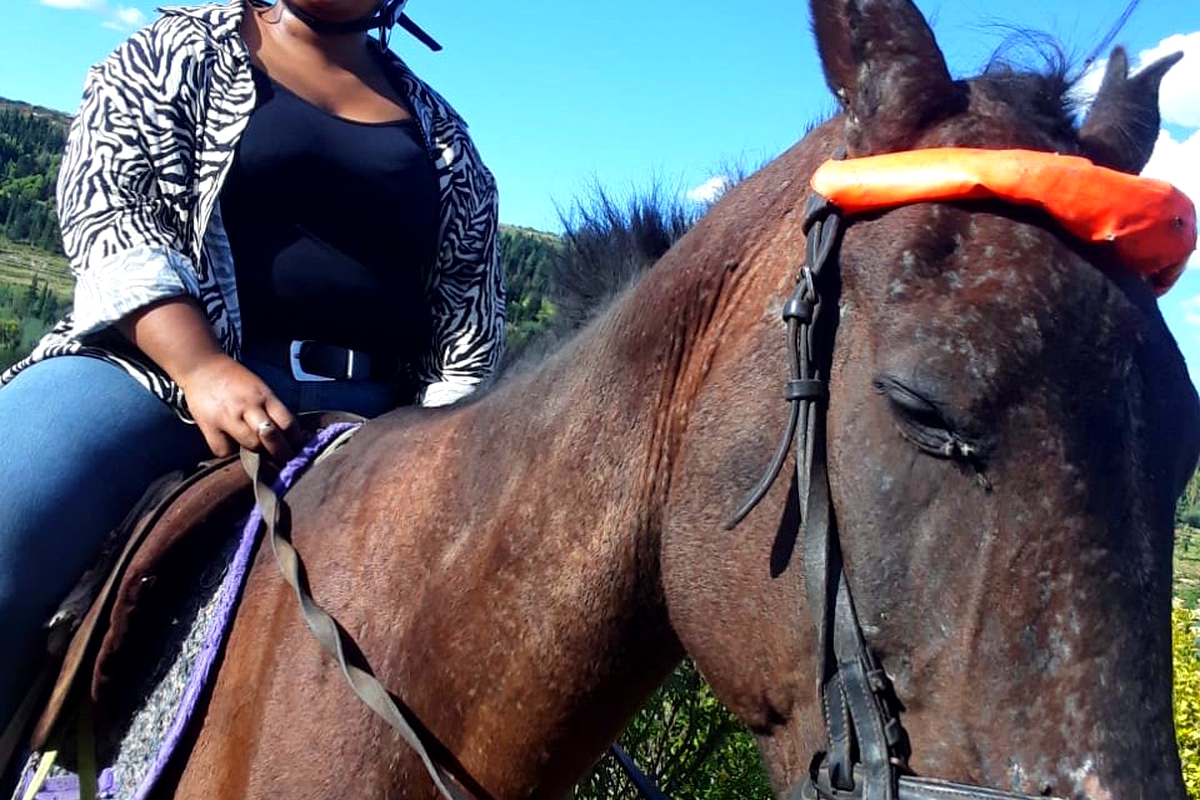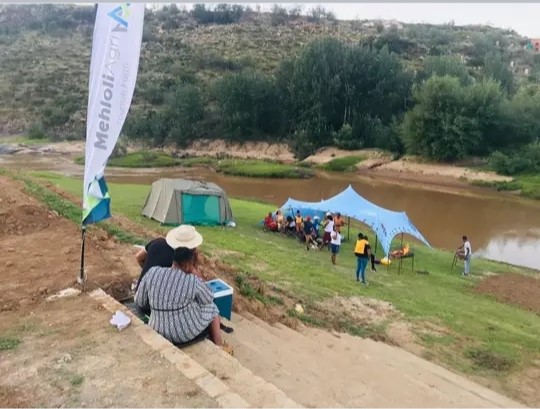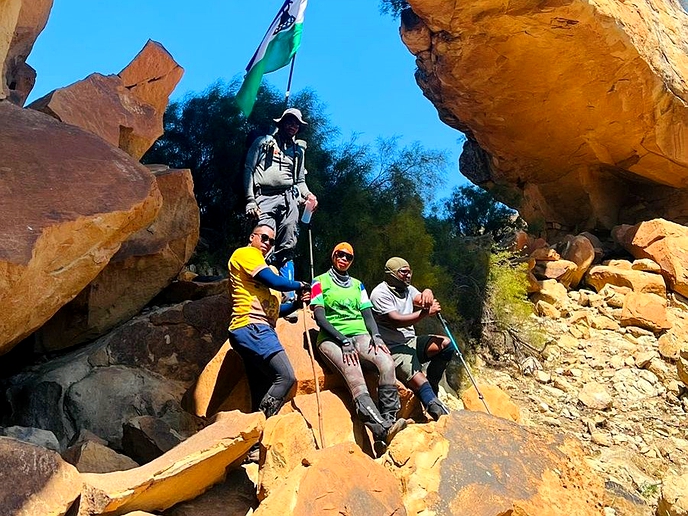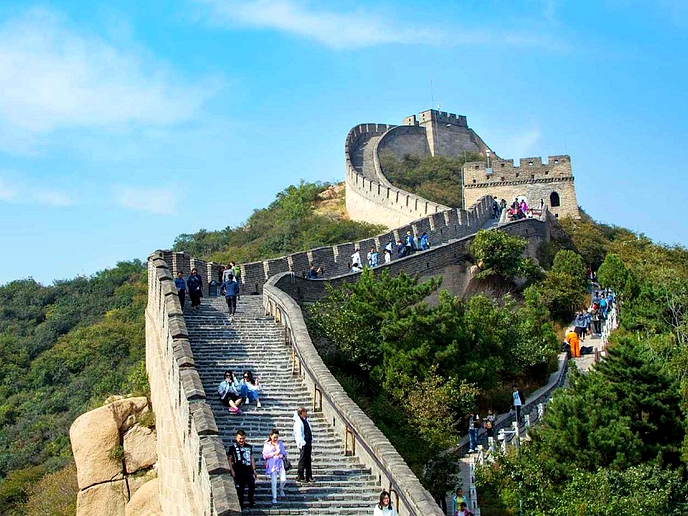IN a bid to increase tourist traffic to the historical Qeme plateau and tourism facilities around the plateau, the media industry in Lesotho has seen a new publication called “Qeme is Calling You!!!”.
travel
Feb. 1, 2024
TSEBO MATS'ASA
3 min read
Qeme is calling you!!!!

A tourists riding a pony at the Likatola Horse Riding & Adventure
Story highlights
This periodical publication, circulated in PDF format, provides information on a range of activities and tourist attractions at the bottom and on top of the Qeme plateau.
The publication is also a platform for interaction and policy dialogue between and among the tourism facilities, the government of Lesotho at both the central and local structure levels, and the communities in the villages surrounding the Qeme plateau.
Qeme Plateau, situated about 15 kilometres to the west of Maseru city, is a historical monument and a not-to-miss tourism destination after the Thaba Bosiu Fort. Owing to its strategic location near Thaba Bosiu, the Qeme plateau has not just played a remarkable role in the formation of the Basotho nation, but it is also a real tourism attractions’ hub, which even its inhabitants are yet to explore.
Historially, it is recorded in numerous research documents as a fort, and when it was conquered on February 22, 1868, even the Cape Colony lost hope that Lesotho would ever be protected from the South African Boers.
However, the signing of the Aliwal North Treaty on March 12, 1869, that defined the current Lesotho borders between the Republic of South Africa was an imperative measure to get the plateau back to Lesotho.
The Qeme Plateau is a heaven of tourism attractions accessible to people of all ages. The attractions include San paintings, rocks where the San people used to smoke weed, a rock where the South Africans engraved that they had conquered Lesotho, a cave with an entrance and some windows like holes to peep outside through, a cave that one has to crawl to enter, bird species, indigenous vegetation, and the Basotho cultural lifestyle.
The plateau is between 1976 and 2001 metres in elevation, and it stretches for 16 kilometres from the west to the south (from Ha Teko to Ha Mantšebo villages).

Enjoy our daily newsletter from today
Access exclusive newsletters, along with previews of new media releases.

Tourists relaxing by the Phuthiatsana River bank
On top, it is flat with no trees at all. It has a number of rich water springs with year-round flowing waters. It provides a superb view of Maseru city and its surrounding urban centres on the west and the Maloti mountain range on the east, while on the west it presents an exciting view of some parts of the Free State Province of South Africa.
From as early as July to February every year, the plateau is occupied by Basotho men's initiation schools. This makes it an important consideration to have a professional tour guide, as initiation schools are deep-rooted ritual cultural exercises that every tourist has to observe for their safety and security.
Today, the plateau is surrounded by tourism facilities that offer a refreshing experience of activities ranging from horseback riding to boating in the Phuthiatsana River, hiking, camping, and village tours.
The facilities, owned by local business families, provide services that include meals and beverages, accommodation, and events hosted in a tranquil natural environment necessary for genuine relaxation of mind, body, and soul.
Article by Tsebo Matšasa, the owner of Likatola Horse Riding and Adventure, on the longest existing tourism facilities at the bottom of the Qeme Plateau at the banks of the Phuthiatsana River






